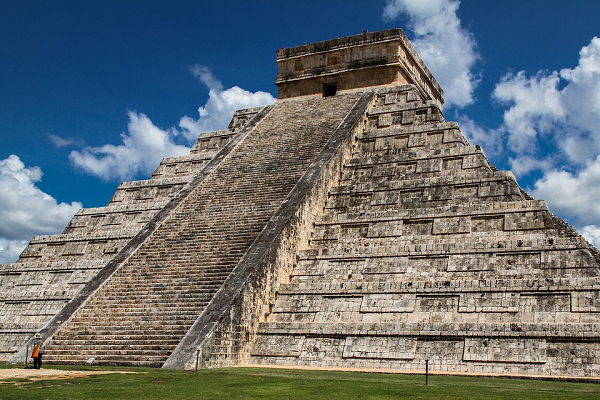Last July, Yucatan registered the highest affluence of archaeological tourism in 2023, with about 301,000 visitors, according to the National Institute of Anthropology and History (INAH).
So far this year, 1,760,000 visitors have arrived at the 15 archaeological zones open to the public, of which three out of four went to Chichén Itzá.
Also, for the seventh month, the capital of the Itzaes is the pre-Columbian city that was the most visited in the country, receiving one in four tourists from 178 sites Mexico.
Just last July, 301,457 tourists went to the sites, the highest monthly number of the year, since in March there were 277,637 visitors and the lowest of the year was last May, with 198,451.
At the national level, the influx of archaeological tourism and museums was 11 million 25 thousand 908 walkers, with an annual increase of 30.59%.
Only 1,323,484 tourists attended Chichén Itzá, 20.67 percent, followed by Teotihuacan, State of Mexico, with 1,120,920 walkers, 17.5 percent, and Tulum, Quintana Roo, with 869,981 visitors, 13.58 percent.
Only in these three sites did 51.75 percent of the national total enter, that is, a little more than half.
Uxmal was in eighth place in the national affluence table, Ek’Balam in ninth place; Dzibilchaltún on place 21; Mayapán is in position 25; Kabah, at 29; Xkambo, 46; Izamal, 47; Ake, 54; Labna, 62; Sayil, 69 and Oxkintok, 81.
Finally, after the closure of the sites as a result of Covid-19, on March 23, 2020, the Balankanché Caves and the Loltún Caves have not yet opened to tourism, that is, they have been closed for three years and four months.
TYT Newsroom


